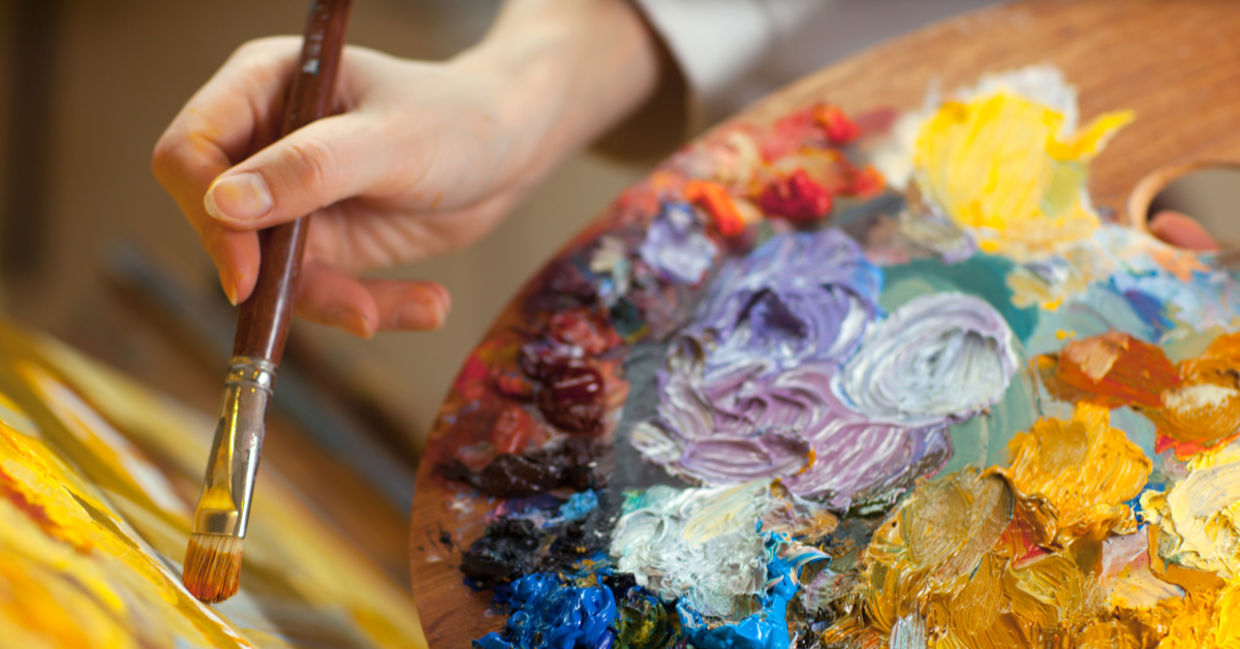
(Kuznetcov_Konstantin / Shutterstock.com)
When it comes to creativity, a reliable routine is what's needed - at least according to Mason Currey's book Daily Rituals, which looked at how some of the most inspiring minds on the planet spent their days. Here are six habits adopted by great thinkers that can easily be incorporated into your daily routine in order to get those creative juices flowing.
1. TAKE A STROLL
WHO WAS A FAN: Pyotr Ilyich Tchaikovsky
PART OF THE ROUTINE: Russian composer Tchaikovsky would take a short stroll everyday before sitting down to work, and then take another walk after lunch.
THE SCIENCE: Research has shown that taking a walk can lead to increased creativity because it encourages free-flowing thought.
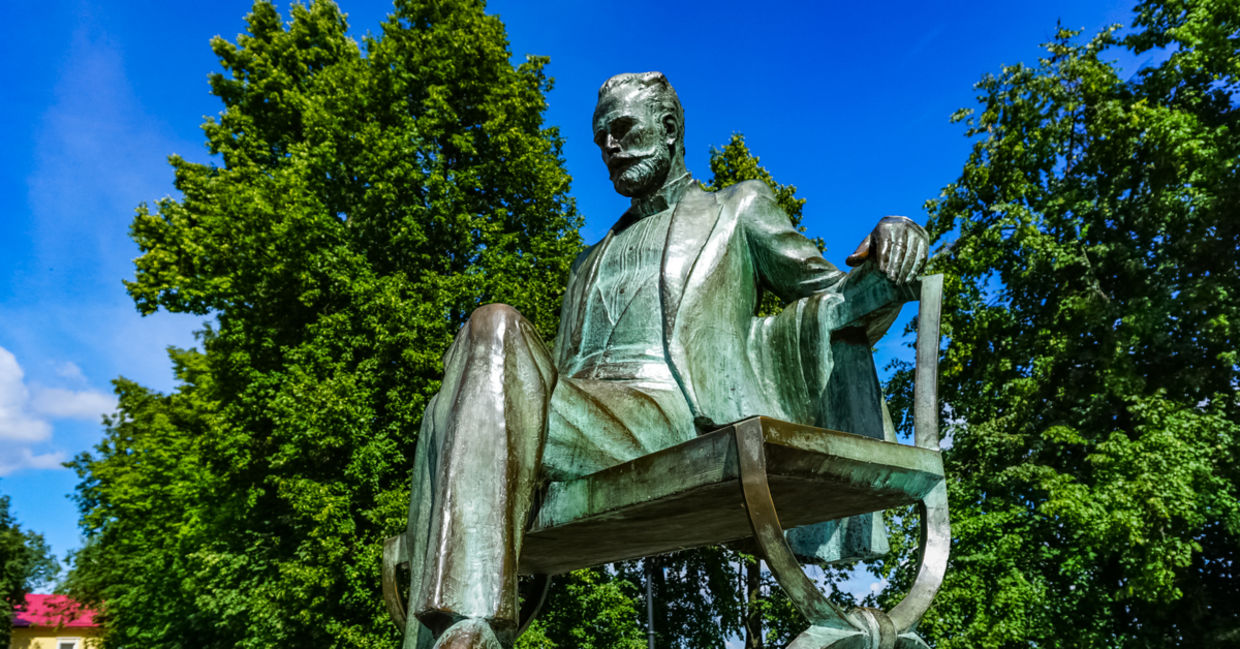
(NYC Russ / Shutterstock.com)
2. WAKE UP EARLY
WHO WAS A FAN: Ernest Hemingway
PART OF THE ROUTINE: American author and journalist Hemingway made a point of waking up early each morning in order to complete a significant amount of writing before carrying on with his day.
THE SCIENCE: According to various studies, people who experience a performance peak in the morning are more proactive and feel more in charge of making things happen.
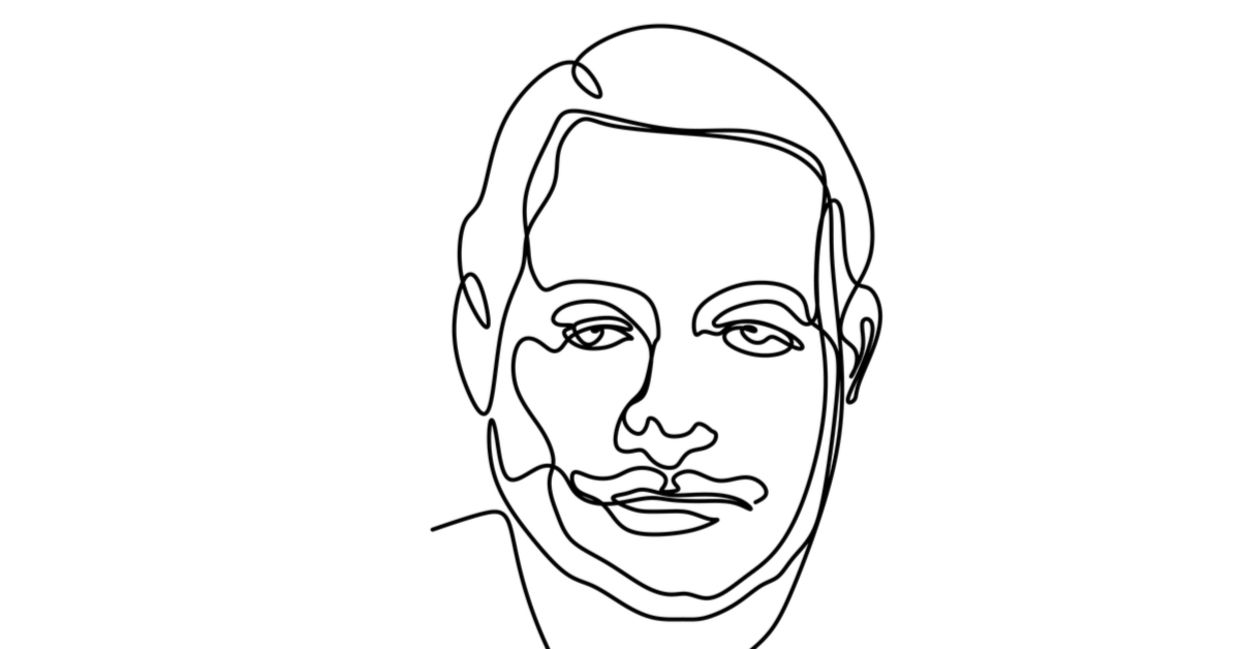
(Singleline / Shutterstock.com)
3. TAKE A NAP
WHO WAS A FAN: Salvador Dalí
PART OF THE ROUTINE: Spanish Catalan surrealist painter Dalí had a tendency to take short naps as part of his regular routine. He had a special technique whereby he would sit upright holding a key in his hand and then relax to fall asleep, which would subsequently cause him to drop the key resulting in a very short power nap!
THE SCIENCE: Giving your brain a rest during the day improves cognitive function and stimulates creative thinking. Napping helps to clear information out of the brain’s temporary storage areas, getting it ready for new information to be absorbed.
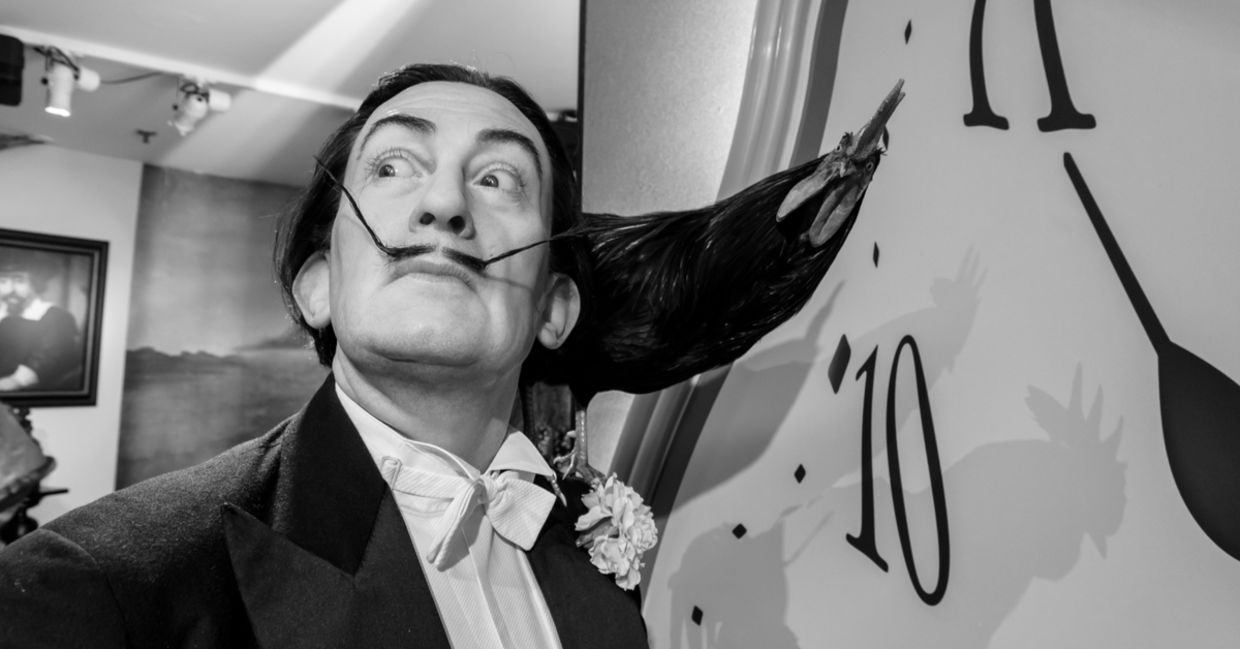
(Olena Z / Shutterstock.com)
4. PLAY BOARD GAMES
WHO WAS A FAN: Charles Darwin
PART OF THE ROUTINE: English naturalist and geologist Darwin played two games of backgammon with his wife Emma every night, keeping score of every game for many years.
THE SCIENCE: Studies have shown that playing games is good for the brain because the novelty, variety and constant challenge involved improve problem-solving and critical-thinking skills.
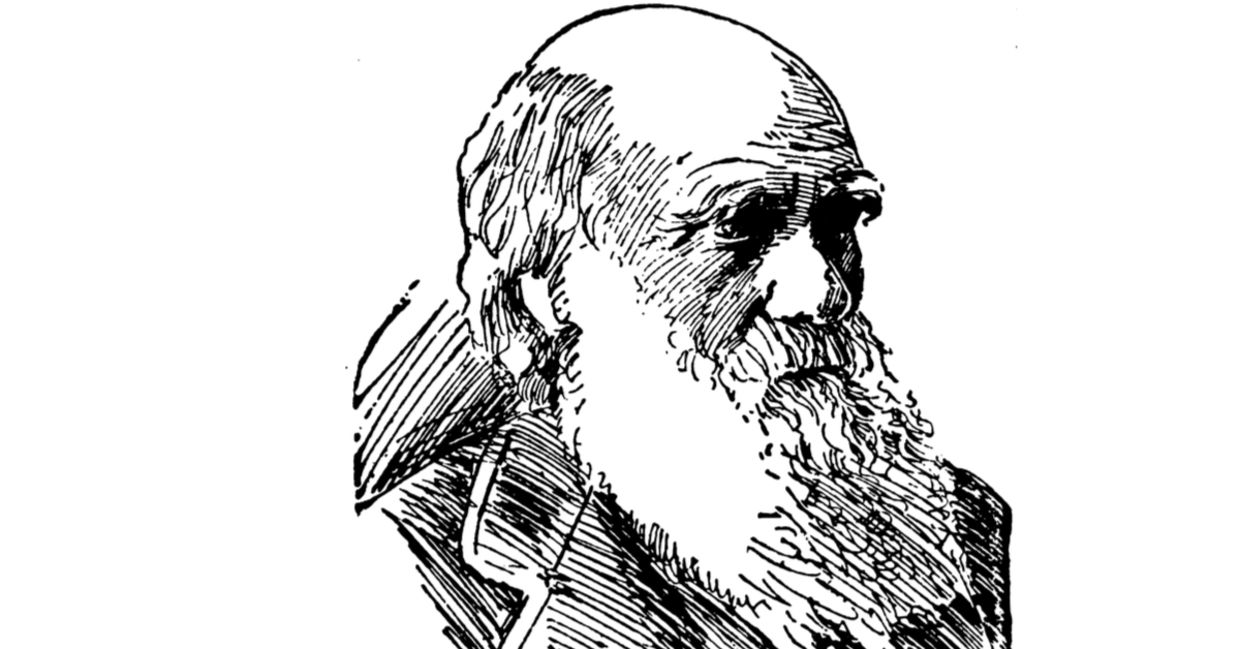
(Morphart Creation / Shutterstock.com)
5. DO GOOD
WHO WAS A FAN: Benjamin Franklin
PART OF THE ROUTINE: Franklin, who was one of the Founding Fathers of the United States, made sure to pack in some element of doing good into his day. He kept track of his good deeds by asking "What good shall I do this day?" in the morning followed by "What good have I done today?" before bed.
THE SCIENCE: Doing good triggers the reward center in the brain that is responsible for dopamine-mediated euphoria that makes people calmer and more motivated, which in turn makes them more productive.

(roseed abbas / Shutterstock.com)
6. WORK STANDING UP
WHO WAS A FAN: Leonardo da Vinci
PART OF THE ROUTINE: Italian painter and all-round genius Leonardo da Vinci spent much of his day standing while creating his masterpieces.
THE SCIENCE: As well as being better for the back than sitting, standing makes people feel more alert, improves balance and encourages creative thinking.
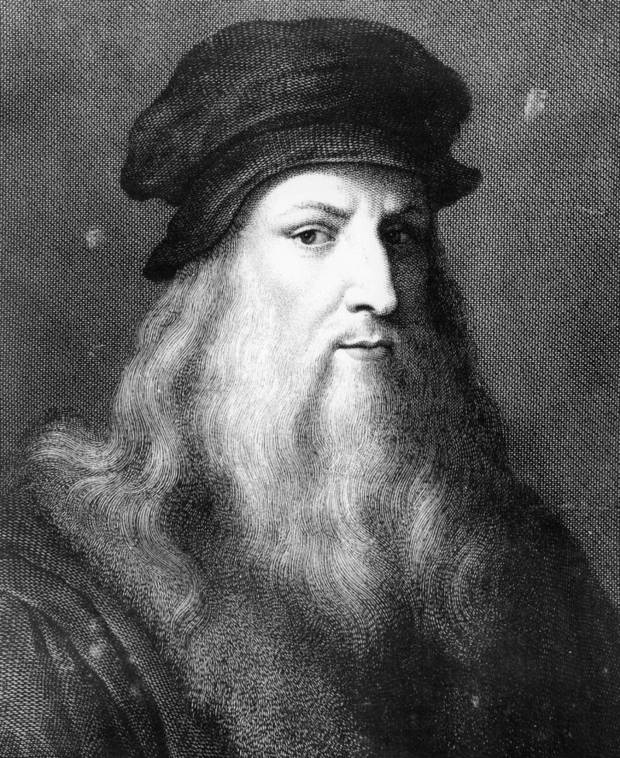
Image courtesy Wikimedia Commons







